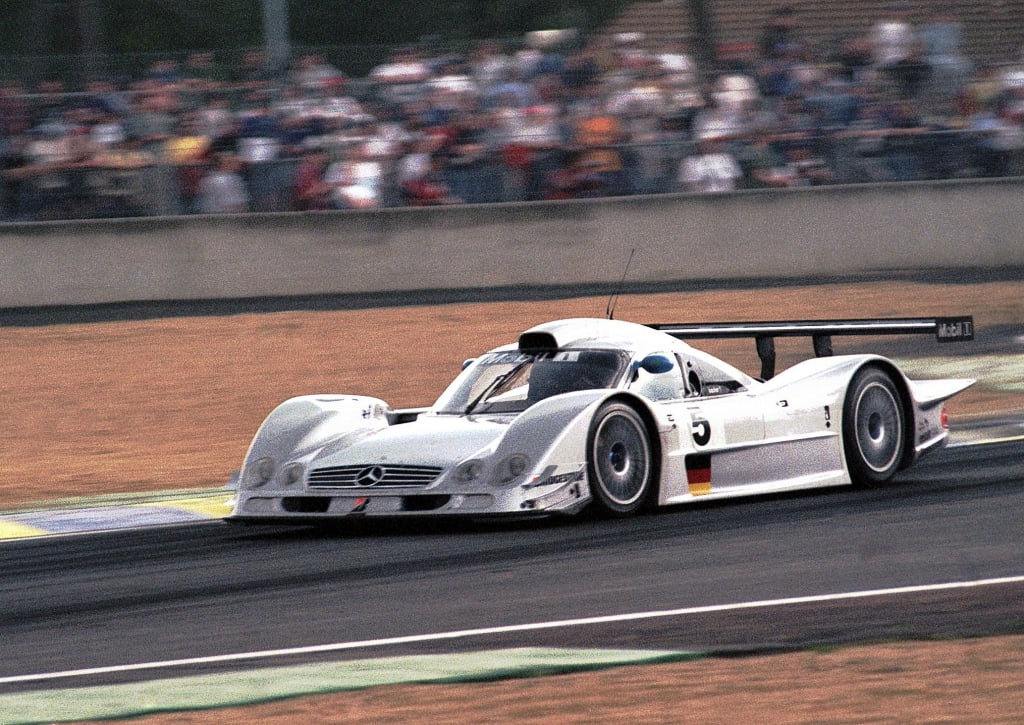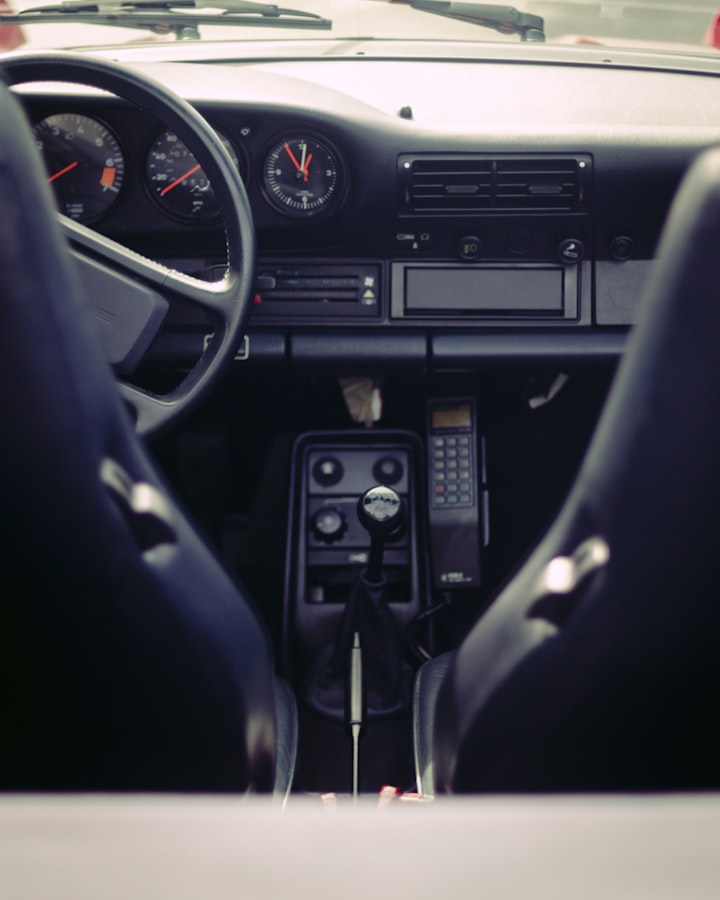How did the Mercedes CLR achieve "flight" at LeMans?
Read more !

The Mercedes CLR achieved "flight" during the 1999 24 Hours of Le Mans race when driver Peter Dumbreck's car became airborne and flipped several times before landing in the trees. The exact cause of the incident is not entirely clear, but it is believed that the car's aerodynamics may have played a role. The car had a low nose and high tail, which could have created lift at high speeds. Additionally, some have suggested that the car may have hit a bump or a rise in the track that caused it to become airborne. Fortunately, Dumbreck was able to walk away from the crash with only minor injuries.
What changes did Mercedes make to the car's design after the incident?
After the incident at the 1999 24 Hours of Le Mans race, Mercedes made several changes to the design of the CLR to prevent a similar incident from occurring in the future. The most significant change was to the car's aerodynamics. The front nose of the car was raised, and the rear wing was modified to reduce lift. Additionally, the suspension was modified to improve stability, and the car's weight distribution was adjusted to provide better balance. These changes were successful, and the revised CLR went on to compete in the 1999 Le Mans race without incident. Since then, Mercedes has continued to refine and improve the design of its race cars, prioritizing safety and performance.
What other safety features did Mercedes add to the CLR after the incident?
In addition to the changes made to the car's aerodynamics, suspension, and weight distribution, Mercedes also added several other safety features to the CLR after the incident at the 1999 24 Hours of Le Mans. These included stronger roll cages and improved seat belts to better protect the driver in the event of a crash. The car's fuel tank was also modified to prevent it from rupturing in the event of a crash. Additionally, the car's on-board telemetry system was upgraded to allow the team to monitor the car's performance more closely and make adjustments as needed to ensure the car was operating safely and effectively. These improvements helped to make the CLR a safer and more reliable race car for future competitions.
The modifications made by Mercedes to the CLR after the 1999 Le Mans crash were extensive and covered a wide range of areas to improve both the car's safety and performance. In addition to the changes already mentioned, the car's brakes were upgraded to improve stopping power, and the suspension was modified to improve handling and stability. The car's electronics and engine management systems were also upgraded to allow for better control and tuning, which improved the car's overall performance.
One of the most significant changes made by Mercedes to the CLR was improving the car's fuel system. After the 1999 crash, it was discovered that the car's fuel tank had ruptured, causing a significant fire. To prevent a similar incident from occurring in the future, Mercedes redesigned the fuel tank to make it more robust and added a series of safety features to prevent fuel leaks and minimize the risk of fire.
Overall, the changes made by Mercedes to the CLR after the 1999 Le Mans crash helped to improve the car's safety, reliability, and performance. These changes not only helped to prevent future accidents but also allowed the car to compete at the highest levels of motorsport with confidence and success.
Did the modifications to the CLR affect its top speed?
It is possible that the modifications made to the CLR after the 1999 Le Mans crash may have affected the car's top speed somewhat. However, it is difficult to say for certain without knowing the specifics of the modifications made.
That being said, the modifications made to the car's aerodynamics and suspension were primarily focused on improving stability and reducing lift, which would likely have a positive impact on the car's overall speed and performance. Additionally, the upgrades made to the car's engine management system may have allowed for better tuning and control, which could have improved the car's speed and acceleration.
Overall, it is likely that the modifications made to the CLR had a positive impact on the car's performance, even if they may have slightly affected the car's top speed. However, it is important to note that safety was the primary concern for Mercedes when making these modifications, and any changes made to improve the car's speed or performance were likely secondary to this goal.
About the Creator
Car Community
high quality car stories , everything you should know about every car ever made.






Comments
There are no comments for this story
Be the first to respond and start the conversation.